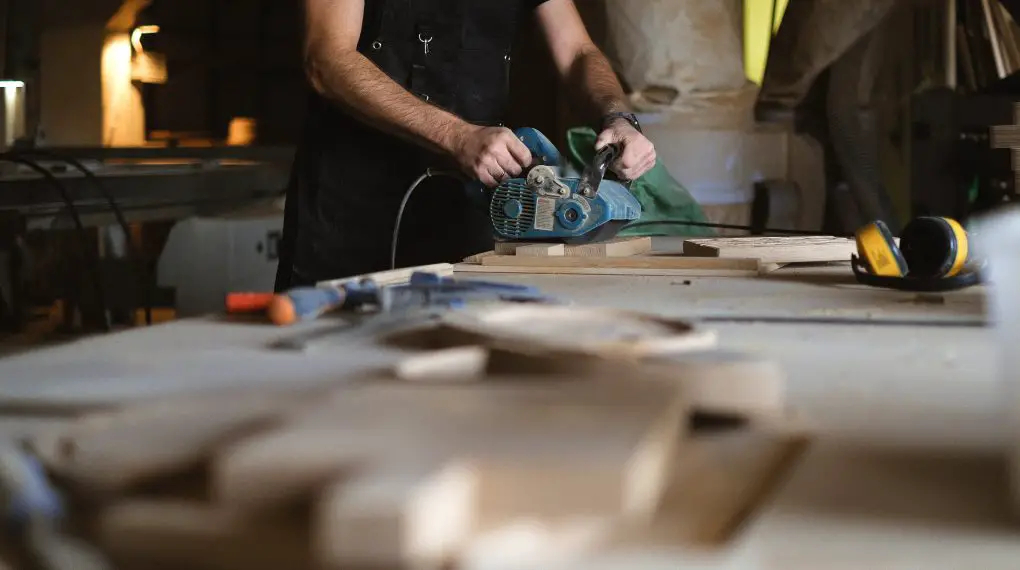If you’re wondering how to sand before clear coating, you’ve come to the right place. Proper sanding is crucial for achieving a smooth, professional-looking finish. This guide will walk you through the entire process, step by step, so that even a beginner can get excellent results.

Things You’ll Need
Sandpaper (various grits)
Preparation Steps
Here’s how to prepare…
Set Up Workspace
Choosing the right workspace is crucial for both safety and efficiency. Opt for a well-ventilated area to allow fumes and dust to disperse. Make sure there is enough room for you to easily maneuver around the object you’re sanding. This will help you reach all angles and corners without straining your back or arms. If possible, cover the floor and surrounding areas with plastic sheeting to catch any dust or debris.
Wear Safety Gear
Personal safety should be your priority when undertaking any sanding project. Wear a dust mask to avoid inhaling dust and particulates. Safety goggles will protect your eyes from potential debris, and work gloves will guard against splinters or rough edges. If you’re working with any chemicals, the gloves can also provide a barrier against skin irritation.
Inspect Surface
Before you start sanding, it’s essential to inspect the surface thoroughly for any imperfections, such as scratches, dents, or uneven areas. Mark these spots with chalk or painter’s tape so you can pay extra attention to them during the sanding process. The goal is to create a perfectly smooth surface upon which the clear coat can adhere.
Sanding Procedure
Here’s how to start sanding…
Select Grit
The type of sandpaper you choose can significantly impact the quality of your work. For the initial sanding phase, start with a coarser sandpaper, typically around 120-grit. This will help you quickly remove any prominent imperfections without requiring excessive force.
Dampen Surface
Using a water spray bottle, lightly mist the surface you’re about to sand. The water will help capture the dust, making your workspace cleaner and the sanding process more effective. It also minimizes the chance of the sandpaper getting clogged with dust, which can affect its performance.
Sand Surface
Hold the sandpaper firmly and start sanding the surface using a circular motion. Make sure you cover all areas, especially those you marked during your initial inspection. Consistency is key; don’t press too hard or too lightly, as uneven sanding could result in an inconsistent finish.
Check Smoothness
After you’ve covered the entire surface with the coarser grit, take a moment to feel it with your bare hand. Your goal is to ensure the surface feels uniformly smooth. If you find rough or uneven areas, you may need to go back and focus on those spots.
Switch to Finer Grit
Once you’re satisfied with the initial sanding, switch to a finer grit sandpaper, such as 220-grit, to smooth out the surface even further. Repeat the same sanding process as before, again checking for uniform smoothness afterward.
Wipe Clean
Before applying the clear coat, it’s crucial to remove any residual dust or debris from the surface. Use a soft cloth, such as a microfiber or a tack cloth, to wipe the area clean. This ensures that the clear coat will adhere well to the surface, resulting in a smoother and more durable finish.
For more articles on sanding, click here: Sanding: Your Full-Circle Guide to Smooth Mastery
Conclusion: How to Sand Before Clear Coat
Learning how to sand before clear coat is an essential skill for anyone looking to achieve a top-quality finish. By following these step-by-step instructions, you’ll be on your way to completing a professional-level project.